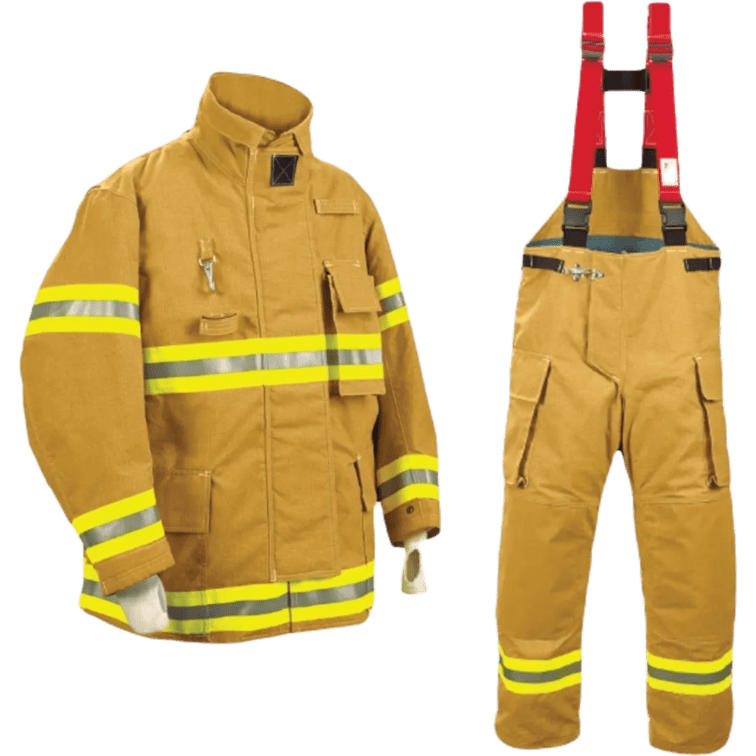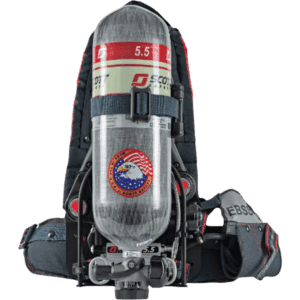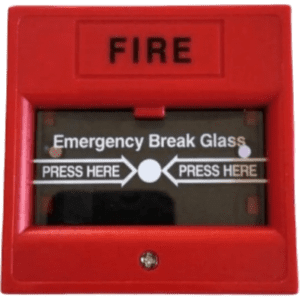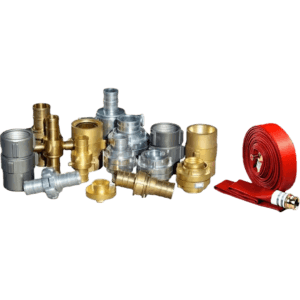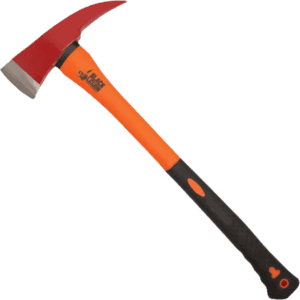Firefighting suits are essential protective clothing designed to shield firefighters from heat, flames, and hazardous materials encountered during fire suppression. Made from heat-resistant and flame-retardant fabrics such as Nomex, Kevlar, or PBI, these suits provide a barrier against high temperatures, molten metals, and other dangerous substances. They typically include a jacket, trousers, gloves, boots, and helmet, all designed to work together to ensure maximum protection. Firefighting suits are rigorously tested to meet international standards like NFPA 1971 and SASO 2400 for fire protection equipment.
Key Features:
- Flame-Resistant Material: Protects against direct flames and extreme heat.
- Durable Construction: Reinforced to withstand abrasion and physical wear.
- Water-Repellent: Many suits are designed to repel water and chemicals.
- **Breathable
**: Allows comfort and reduces heat stress during extended use.
Types and Standards:
- Structural Firefighting Suits: Designed for protecting against fires in buildings.
- Wildland Firefighting Suits: Lighter suits for combating wildfires.
- **NFPA 1971, SASO 2400: Standards for firefighter protective gear.
Brands Available:
Globe, Lion, Fire-Dex, Haix, and Miller.
General Maintenance:
Inspect for signs of wear, such as tears, burn marks, or reduced flexibility. Clean after each use and follow the manufacturer’s recommendations for washing and drying. Replace the suit if it no longer meets safety standards or shows signs of degradation.

